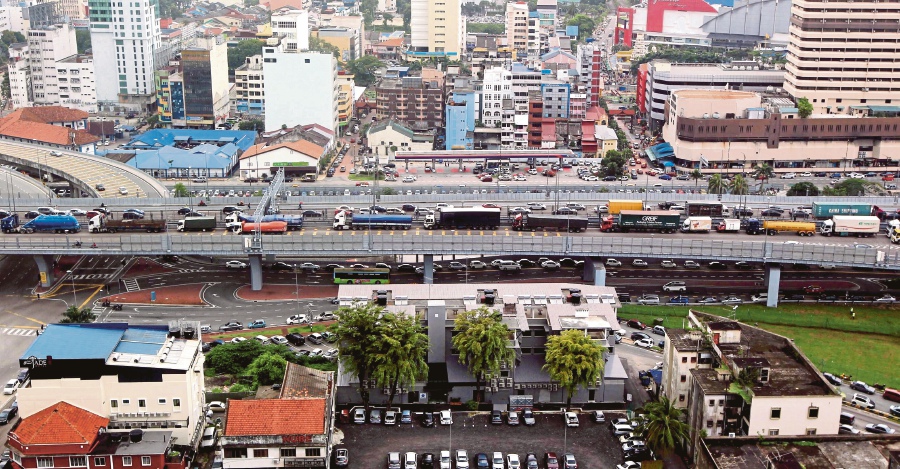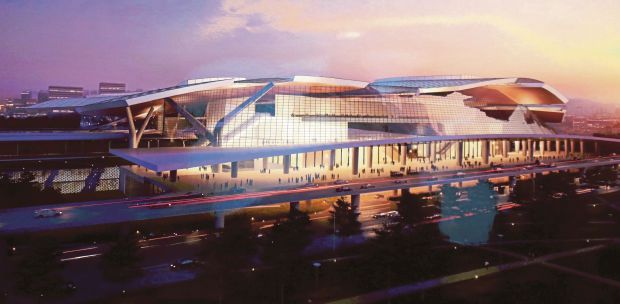MALAYSIA’S two biggest rail projects — the Kuala Lumpur-Singapore high-speed rail (HSR) and the East Coast Rail Line (ECRL) will attract foreign property investors here.
Orkney Investments Malaysia managing principal Rafiq Jumabhoy expects pent-up demand for apartments and condominiums in key cities like Kuala Lumpur, Johor Baru and Penang.
“We think the office market in Kuala Lumpur and the industrial segment in Selangor will improve because of these rail projects.
“Lock-up shops, shophouses and industrial properties in Johor will be more in demand. We anticipate strong interest coming in from Singapore for warehousing, storage and logistics facilities.
“Besides the HSR and ECRL, the Kuantan Port will also drive new investments or spur demand for real estate here. Because of the lower cost of doing business, investors will find it more prudent to export their goods via Kuantan Port,” he said.

Rafiq was speaking to NST Property on the sidelines at the Property Guru Malaysia Real Estate Summit, here, recently.
In his talk entitled “China’s One Belt, One Road: How will it reshape Malaysia real estate market?” Rafiq said the HSR, which will commence in 2026, will have a positive impact on the overall property market where demand could either meet or exceed supply.
The HSR will also create opportunities for local developers in developing real estate projects along the corridor, he said.
The HSR and the ECRL, which will connect ports on the east and west coasts of Peninsular Malaysia, are touted as game changers.
The HSR will improve travel time between Kuala Lumpur and Singapore while the ECRL will provide vital connectivity to the larger economy, resources and trade available in the Klang Valley, as well Singapore and Thailand.
The Kuantan Port, which began operations in 1984, is central to the 620km ECRL which will be developed from Tumpat (near Malaysia’s northeastern border with Thailand), down the coast to Kuantan Port, before cutting through the mountainous central region to Port Klang, Malaysia’s biggest port.
The ECRL will inject fresh investments into the oil and gas, tourism, transportation, infrastructure and agro-based industries, on the east coast states, especially in Terengganu.
This would create a multitude of jobs, thus improving the livelihood of people who, in turn, would upgrade their houses or move into bigger properties.

RAIL PROJECTS WILL WOO MORE FOREIGN DEVELOPERS?
Rafiq said an influx of foreign developers in Malaysia could disrupt the property market as locals players would be affected.
This, he said, is already happening, especially in Johor where China developers are building apartments by the thousands.
While the investment by foreign developers is good for the country’s economy as there would be job creation and spillover effects to other industries, these developers do not fully understand the local market environment, he said.
“There is already a huge supply in Iskandar Malaysia, amid weak market sentiment. People are not buying like how they used to and supply is building up.
“If property buyers and investors can absorb the incoming supply, it may help boost the market. It could happen, but it may take time,” he said.
Rafiq, however, believes that China’s Belt and Road Initiative may have a transformative effect on the property market over the long term.







